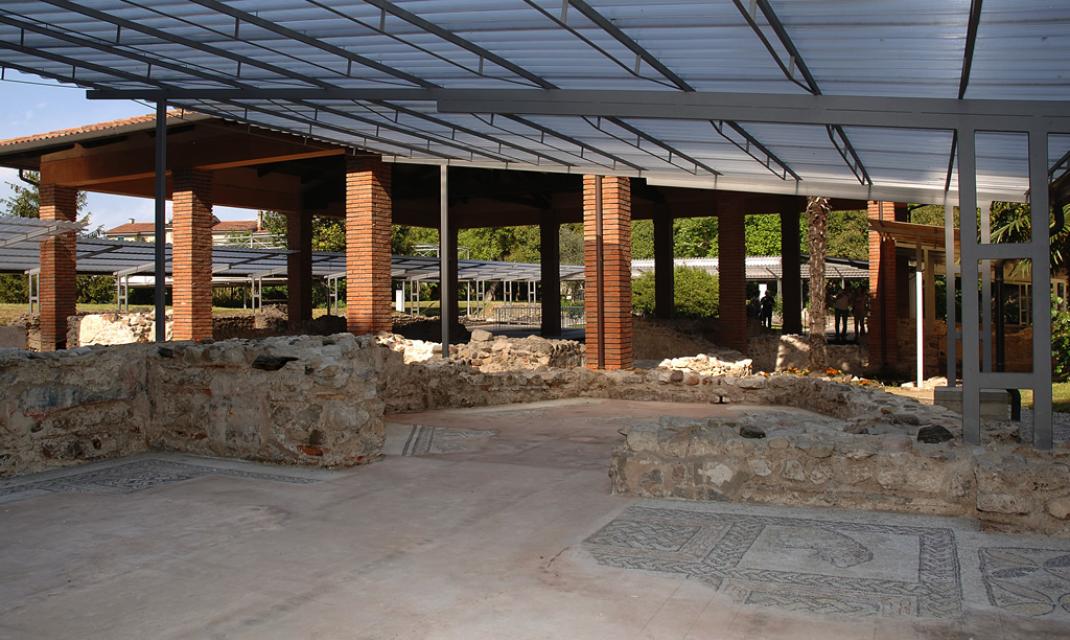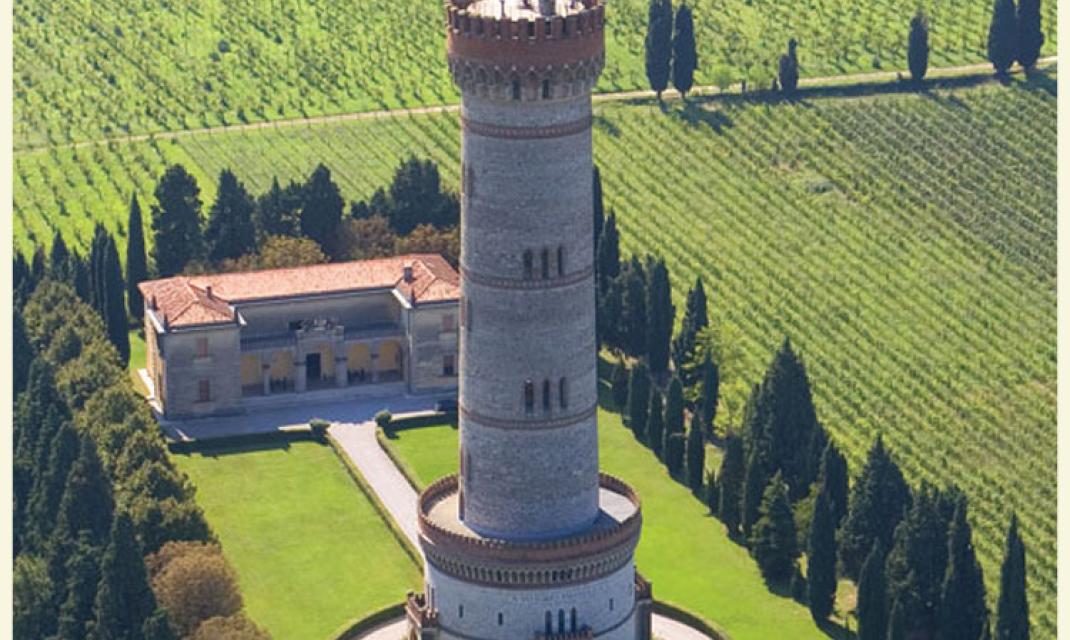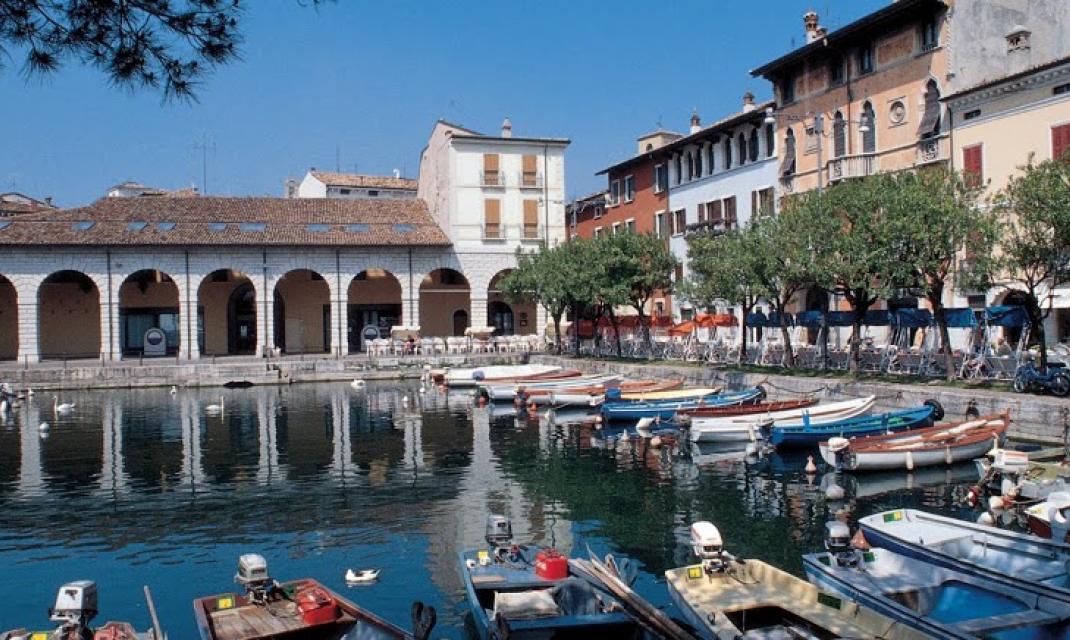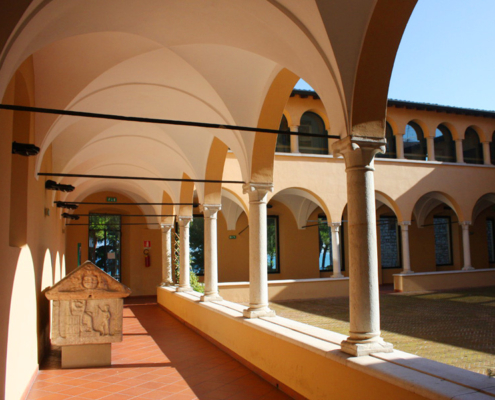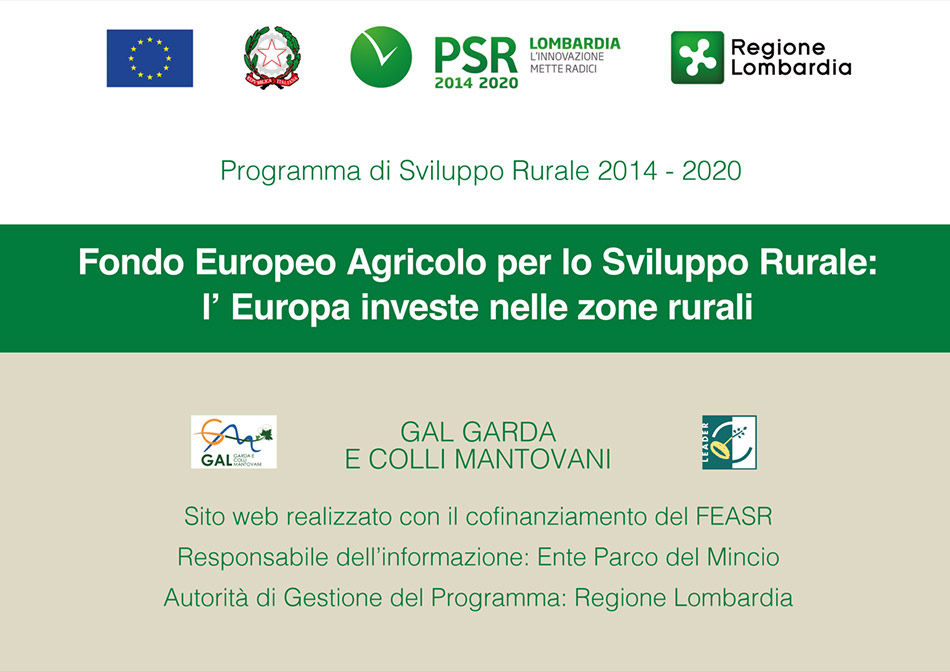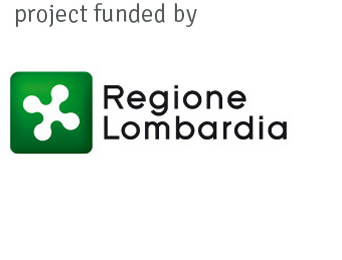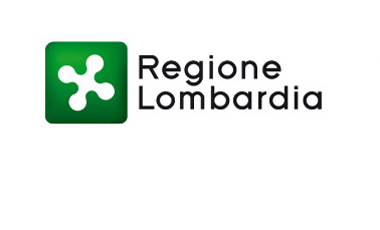![]() – Desenzano del Garda
– Desenzano del Garda
“Giovanni Rambotti” Civic Archaeological Museum
A few steps from the lake, in what was the cloister of S. Maria de Senioribus, is the archaeological museum. It is named after Giovanni Rambotti, a scholar to whom we owe the discovery of the prehistoric settlement of the Polada culture (2000 BC). Observing the finds jealously guarded in glass cases, we deduce that the first human settlements in the Benaco region date back to an era between the Mesolithic Age (8000 BC) and the Bronze Age (2nd millennium BC).
The most important find preserved there belongs to this last age, the “jewel” of the entire archaeological exhibition: the oldest wooden plow in the world, dating back to around 2000 BC, extracted in good condition in the Lavagnone area (south of Desenzano), thanks to the oxygen-free environment, characteristic of the peat bogs, in which it was found.
Due to its geographical location in an area very rich in evidence of the Bronze Age from pile-dwelling settlements, the Desenzano Museum has the main function of offering a broad panorama of the prehistoric cultures that followed one another in the Benaco region. The exceptional nature of the area, perhaps the most important in Europe as regards wetlands of archaeological interest, derives mainly from the characteristics of the anthropic deposits submerged some distance from the lake shore line or stratified in the peat bogs of the inframorainic basins, which thanks under their anaerobic conditions, they allow the preservation of artefacts made of organic material and the Lavagnone plow is the most sensational example of this.
Good to know
Look at the gallery
Click a TAG for similar articles
How to get


